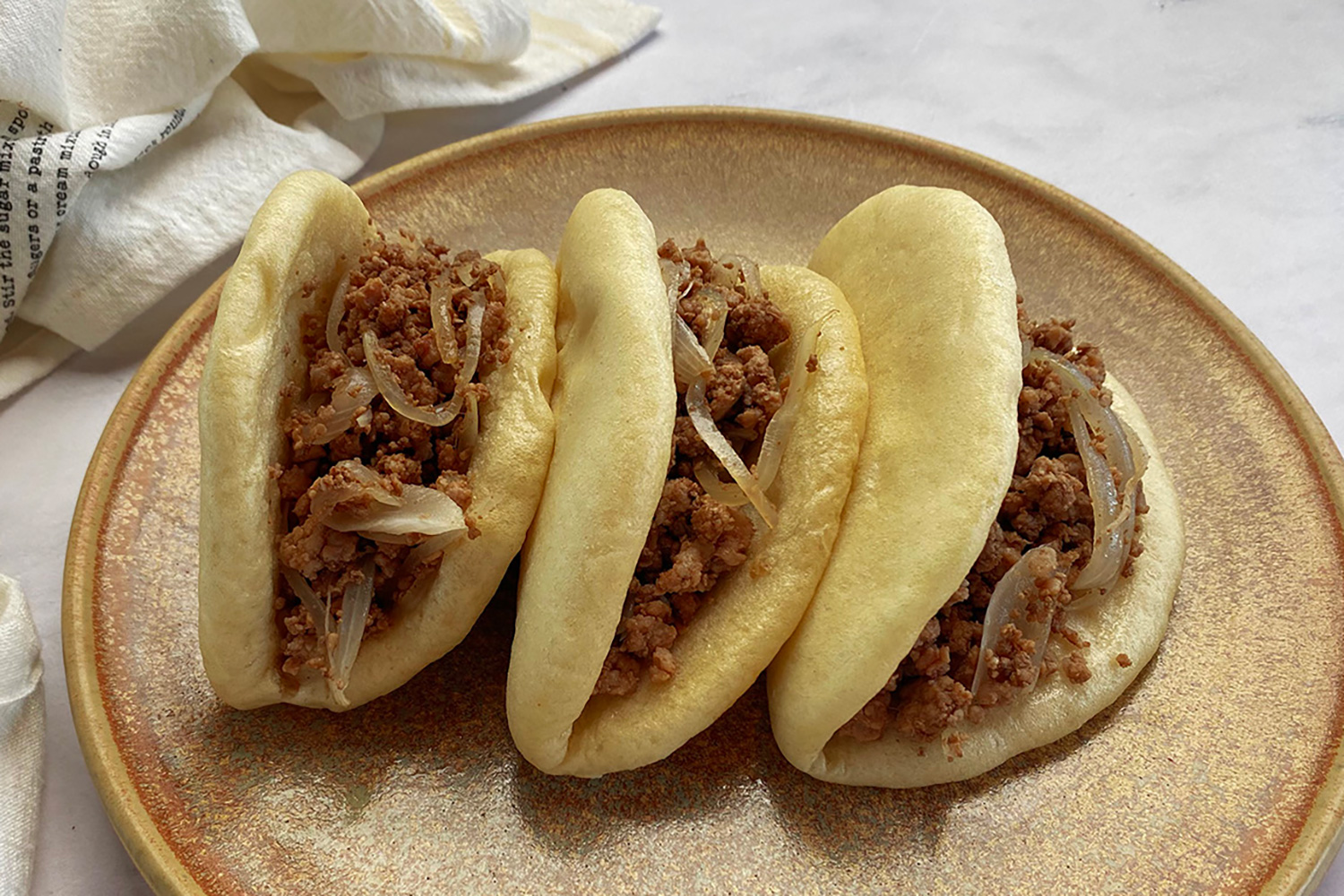This easy-to-follow recipe will show you how to create these fluffy, tasty delights at home. Impress your family and friends with these homemade, steamed buns – a perfect mix of fun and flavor. Along the way, you will learn helpful tips, tricks, and a mouthwatering recipe that will have you savoring every bite of bao.
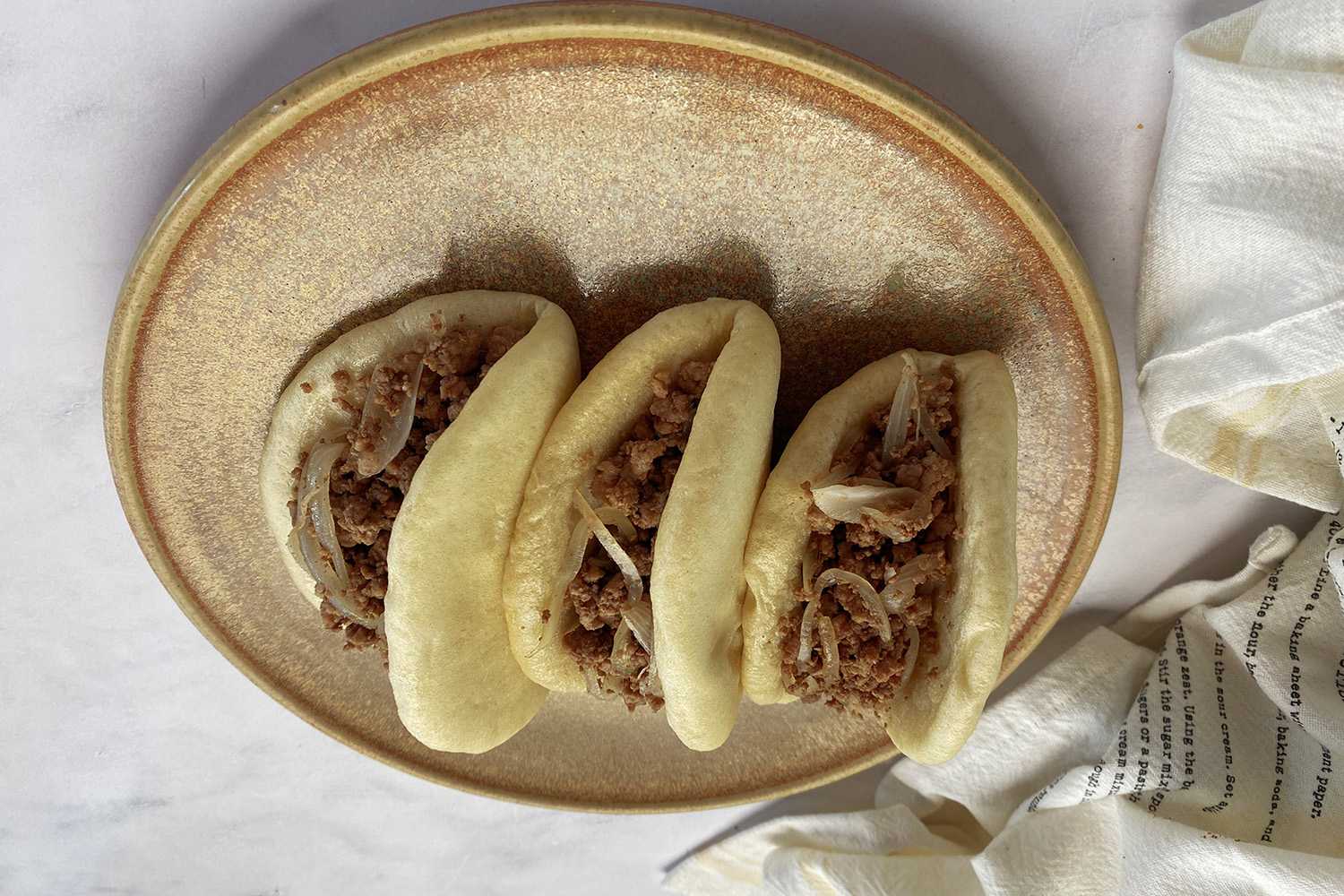
Whether you're a seasoned home cook or a kitchen novice, making bao buns at home is a rewarding and enjoyable experience that will spark your culinary creativity and leave your taste buds wanting more. So, roll up your sleeves, prepare your steamer, and let's make some delicious homemade bao buns.
Table of Contents
Recipe Video
[adthrive-in-post-video-player video-id="EBjswXxx" upload-date="2023-11-27T18:00:00.000Z" name="Bao Buns" description="Step into the world of fluffy, delicious bao buns! We're going to learn how to make these steamed delights from scratch. They're easier than you think and oh-so-tasty!" player-type="default" override-embed="default"]
Why This Recipe Works
This bao buns recipe stands out for its versatility and customizability, making it fun for both chefs and food enthusiasts alike.
These buns serve as a blank canvas for a diverse array of fillings, from savory to sweet. Their soft and fluffy texture acts as the perfect vessel for a multitude of ingredients. Whether you're craving savory bao buns filled with succulent meats, crispy vegetables, and flavorful sauces or indulging your sweet tooth with rich creams, fruits, or chocolates, these bao buns adapt to your personal tastes.
Additionally, the recipe for the bao buns itself is adaptable to further customize to your personal taste. You can season the dough with a variety of different savory and sweet flavors to create unique flavor profiles. This recipe empowers you to craft bao buns that reflect your unique taste preferences and culinary creativity, making each bite a delightful and personalized experience.
Ingredients
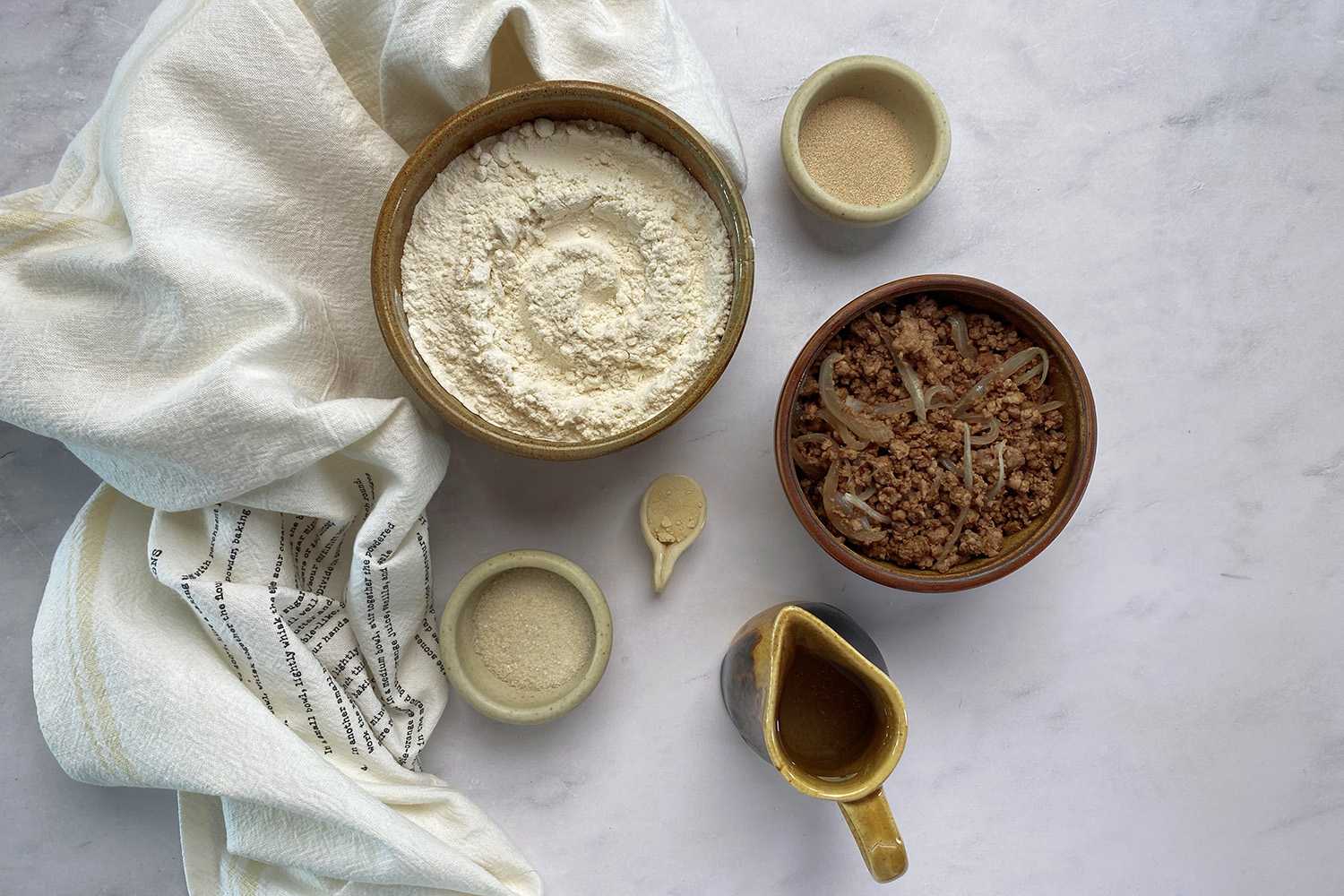
Yeast:
The length of time that your yeast will have to activate will depend on the type of yeast you use. refer to the instructions on the packaging of your chosen brand of yeast.
Unbleached Wheat Flour:
While traditional bao bun recipes often use unbleached wheat flour, you can experiment with other types of flour to achieve different textures and flavors in your bao buns. All-purpose, cake, bread, gluten-free, and whole wheat flour are all acceptable substitutes to try. Be aware that you may need to adjust the amount of liquid or flour in the recipe to achieve the desired consistency.
Onion Powder:
While onion powder is a common seasoning choice, you can experiment and customize your bao buns to your liking with other seasonings and flavorings. Garlic powder, chives, sesame oil, green onions, five-spice powder, ginger, coriander, cilantro, and cumin all make excellent seasoning options for these bao buns. To create a sweet treat, infuse your bao buns with brown sugar, honey, agave, maple syrup, and even matcha will offer a unique flavor.
Fillings:
If savory bao is what you are after, consider filling your bao buns with beef bulgogi, teriyaki chicken, tofu and vegetables, shrimp, or egg and chives. To fulfill your sweet tooth craving, try filling your bao buns with custard, peanut butter and jelly, fruit compote, Nutella and bananas, or coconut and condensed milk.
How to Make Bao Buns
Step One:
In a bowl, combine water, sugar, and yeast. Stir to incorporate and set aside to activate.
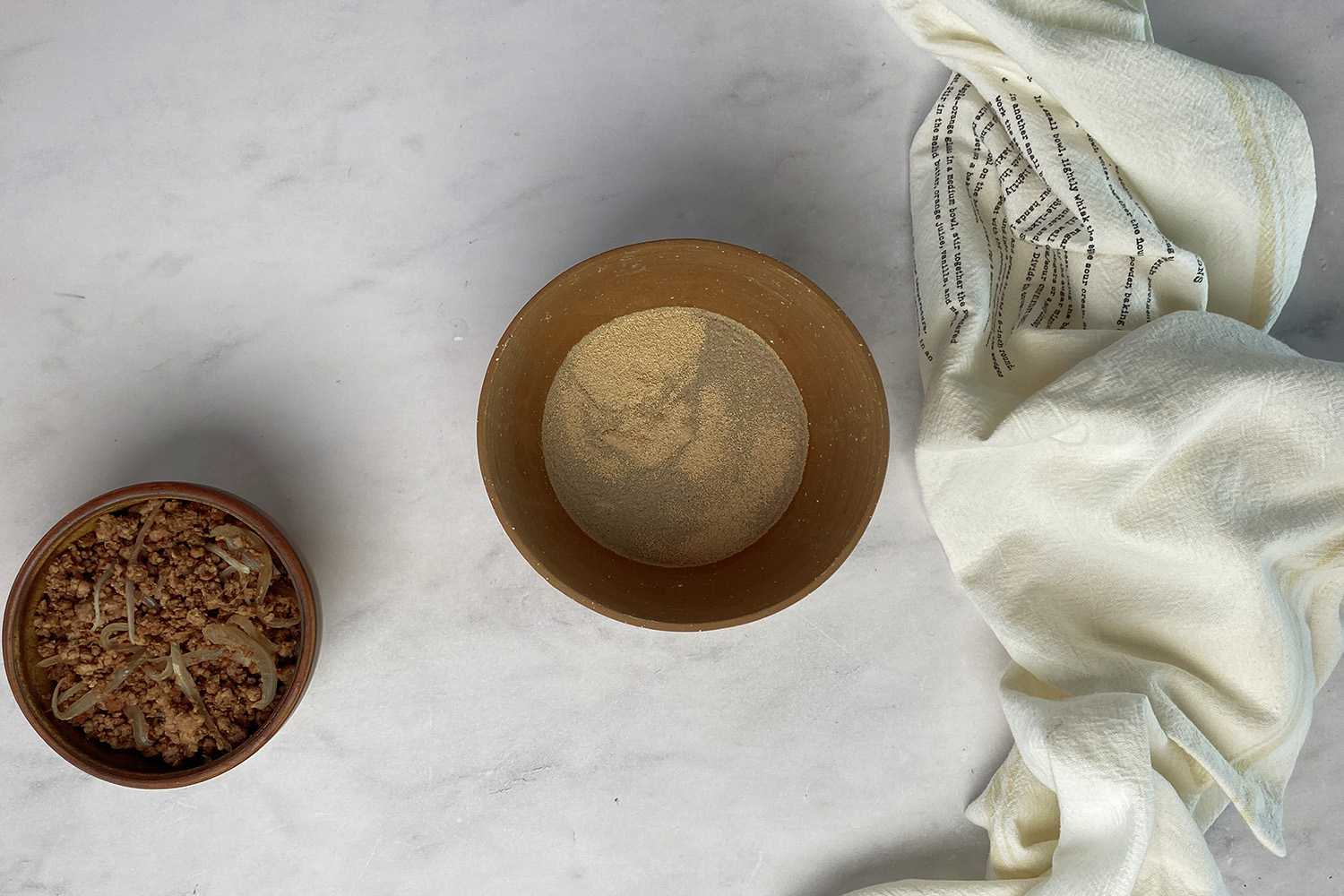
Step Two:
Once the yeast has activated, add flour and onion powder and mix until a dough forms.
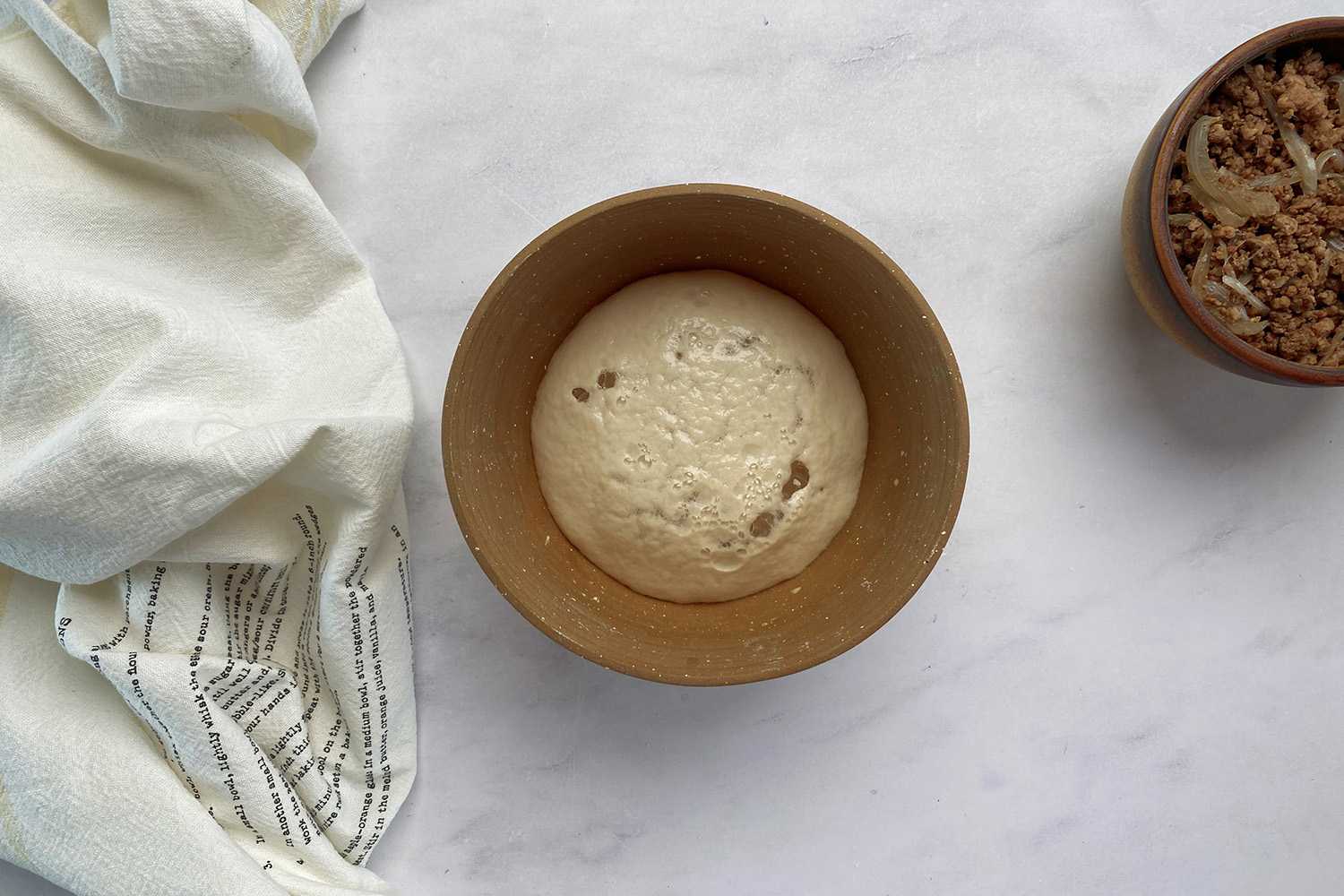
Step Three:
Knead the dough for 10-15 minutes until the consistency is smooth and elastic, and roll it into a ball. Cover the ball with a damp cloth for 40 minutes to allow the dough to rise.
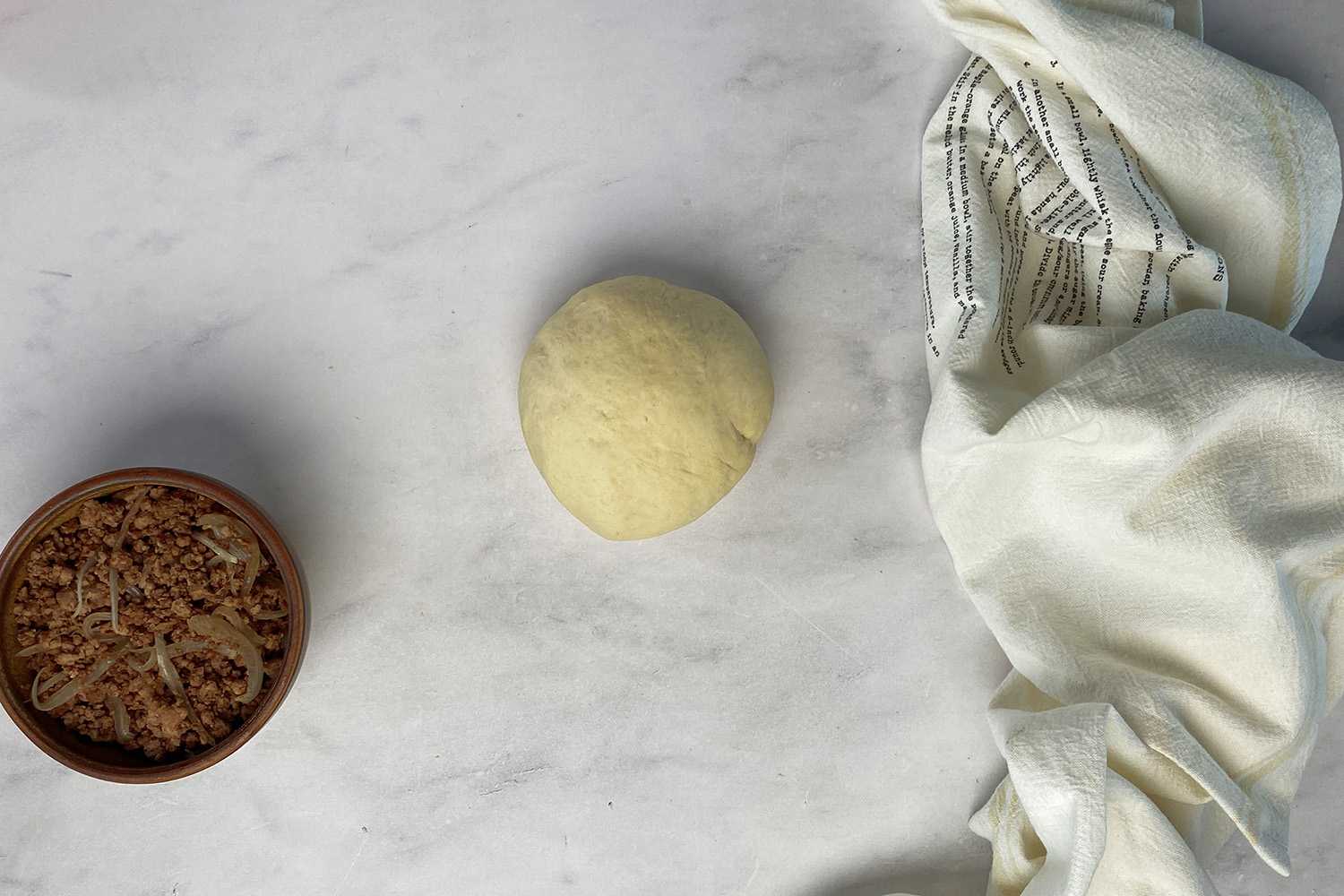
Step Four:
Once the dough has risen, cut the ball into 8 pieces, rolling each piece into a ball. Cover the dough balls with the cloth again, allowing them to rise
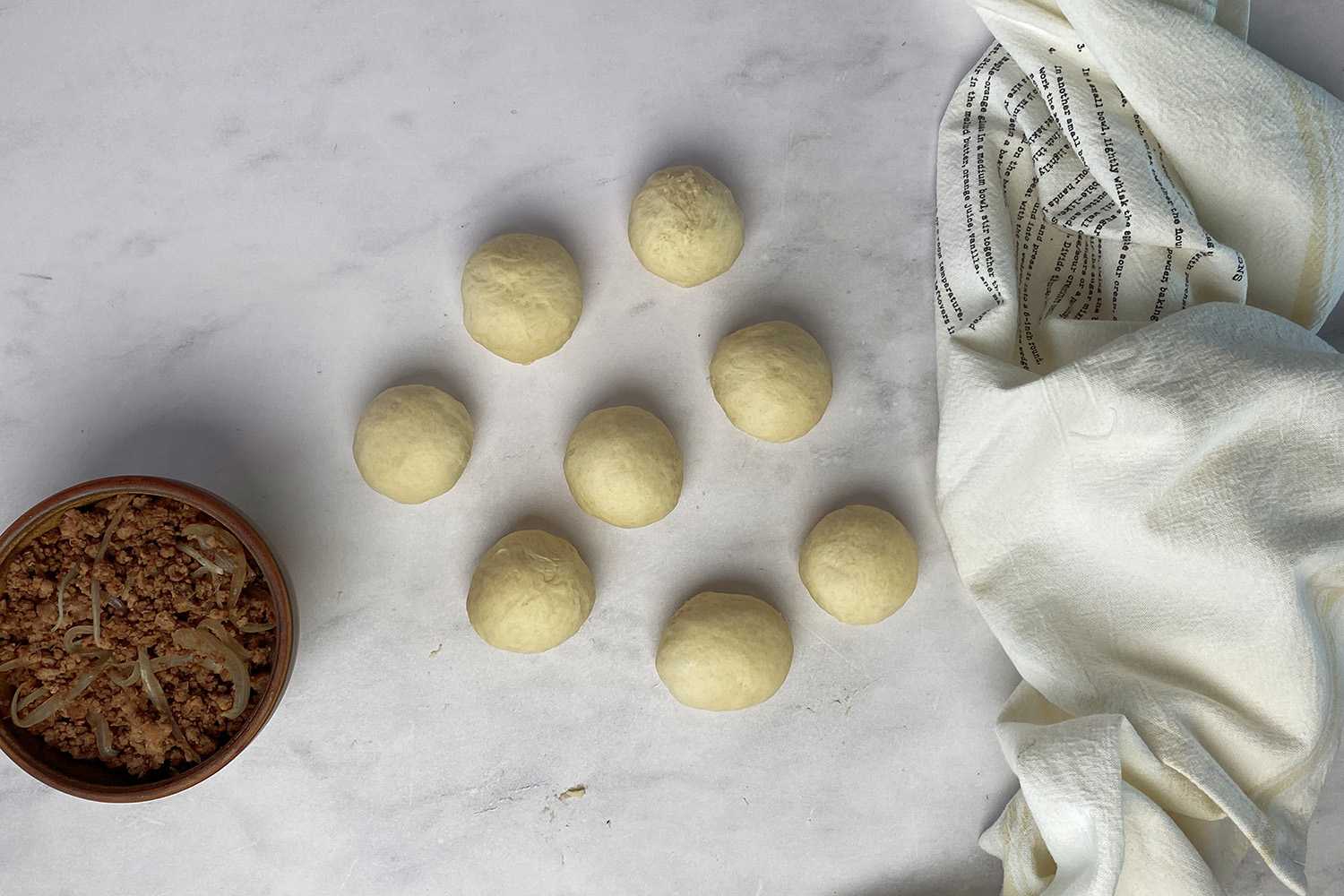
Step Five:
Once the dough balls have risen, Use a rolling pin to roll them out into 7-9" disks.
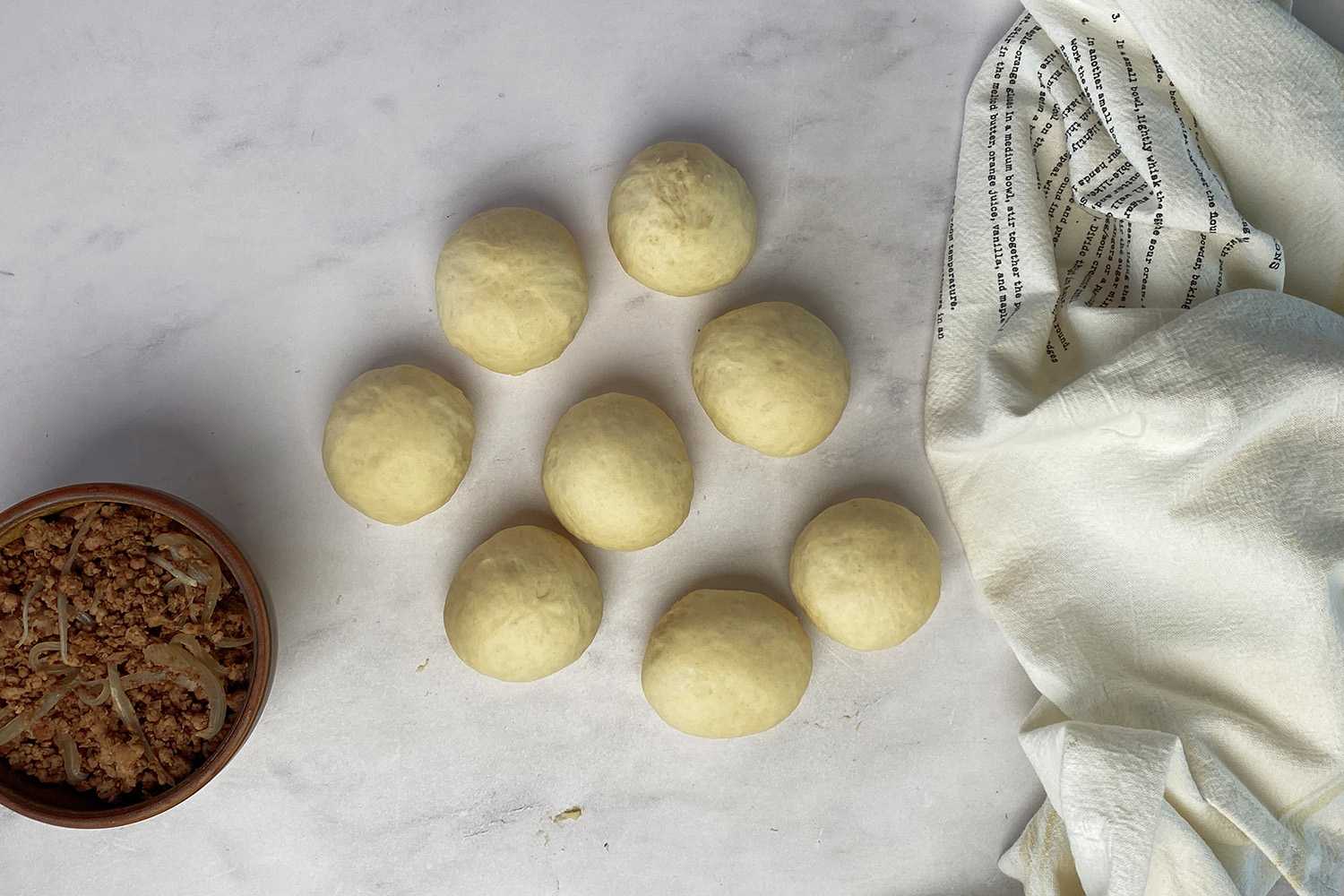
Step Six:
Place a disk on a piece of parchment paper, brush the top side with oil, gently fold it in half, then place it in the steamer. Repeat with the remaining dough.
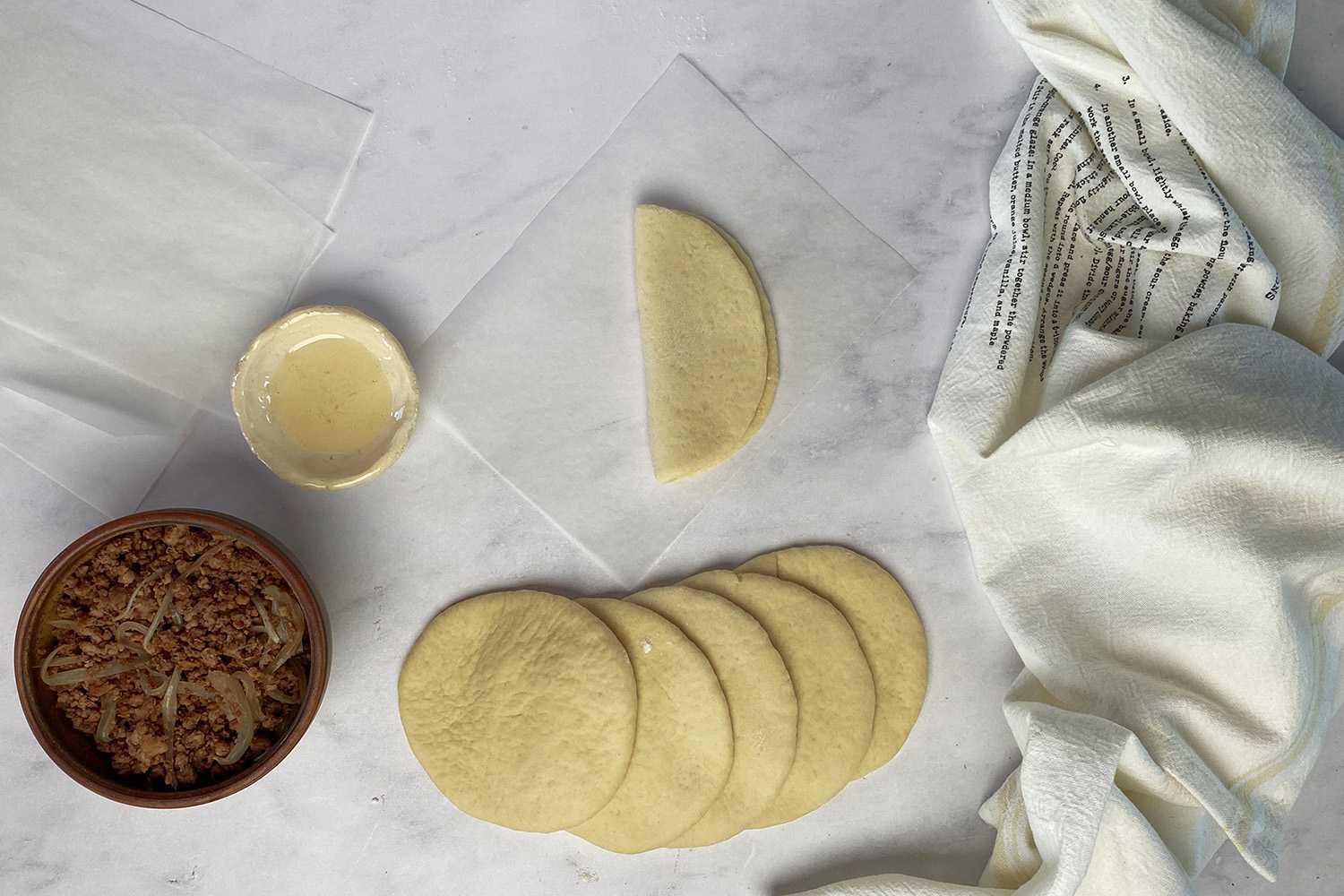
Step Seven:
Steam the buns for 10 minutes.
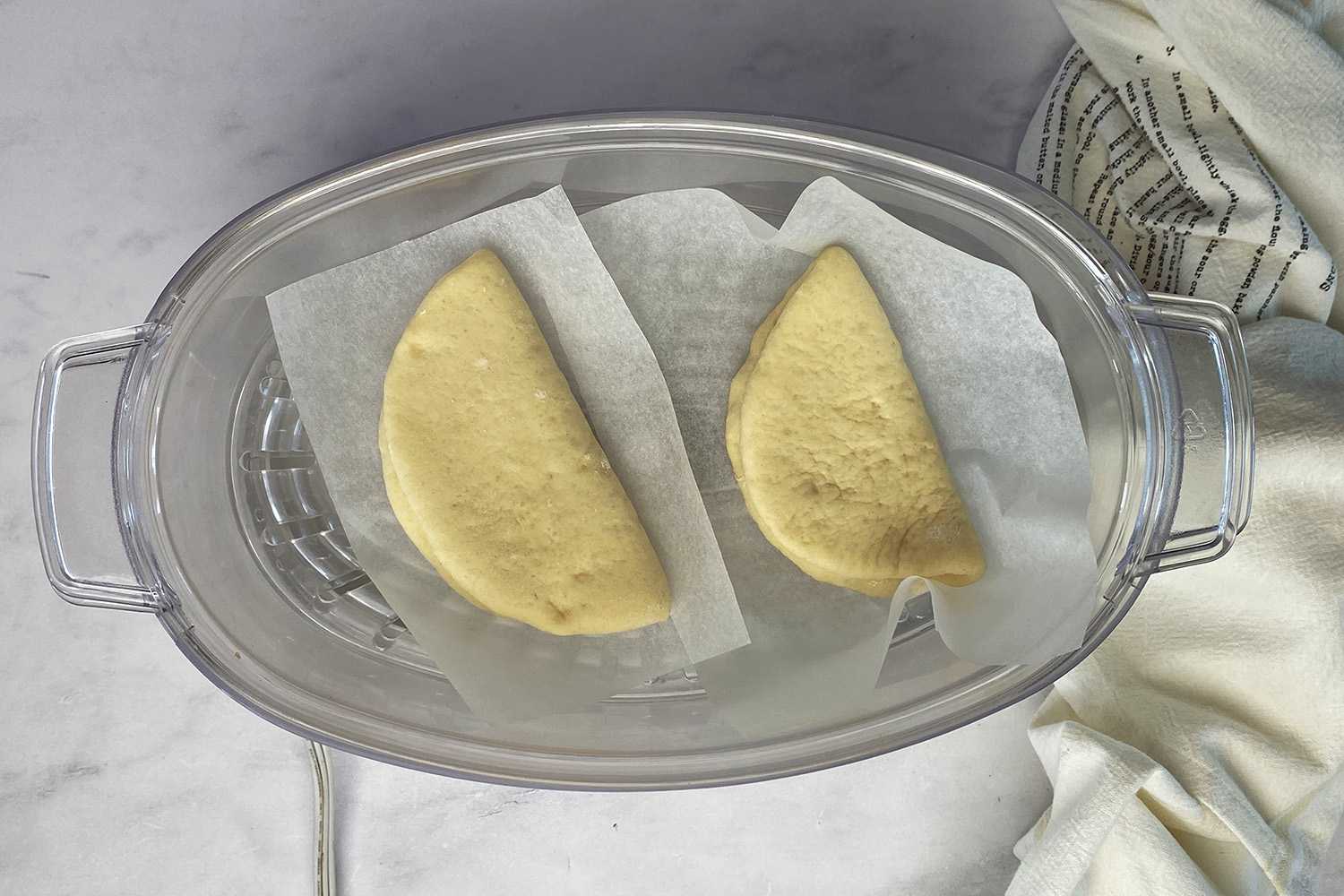
Step Eight:
Build your bao bun with your favorite fillings, serve, and enjoy!
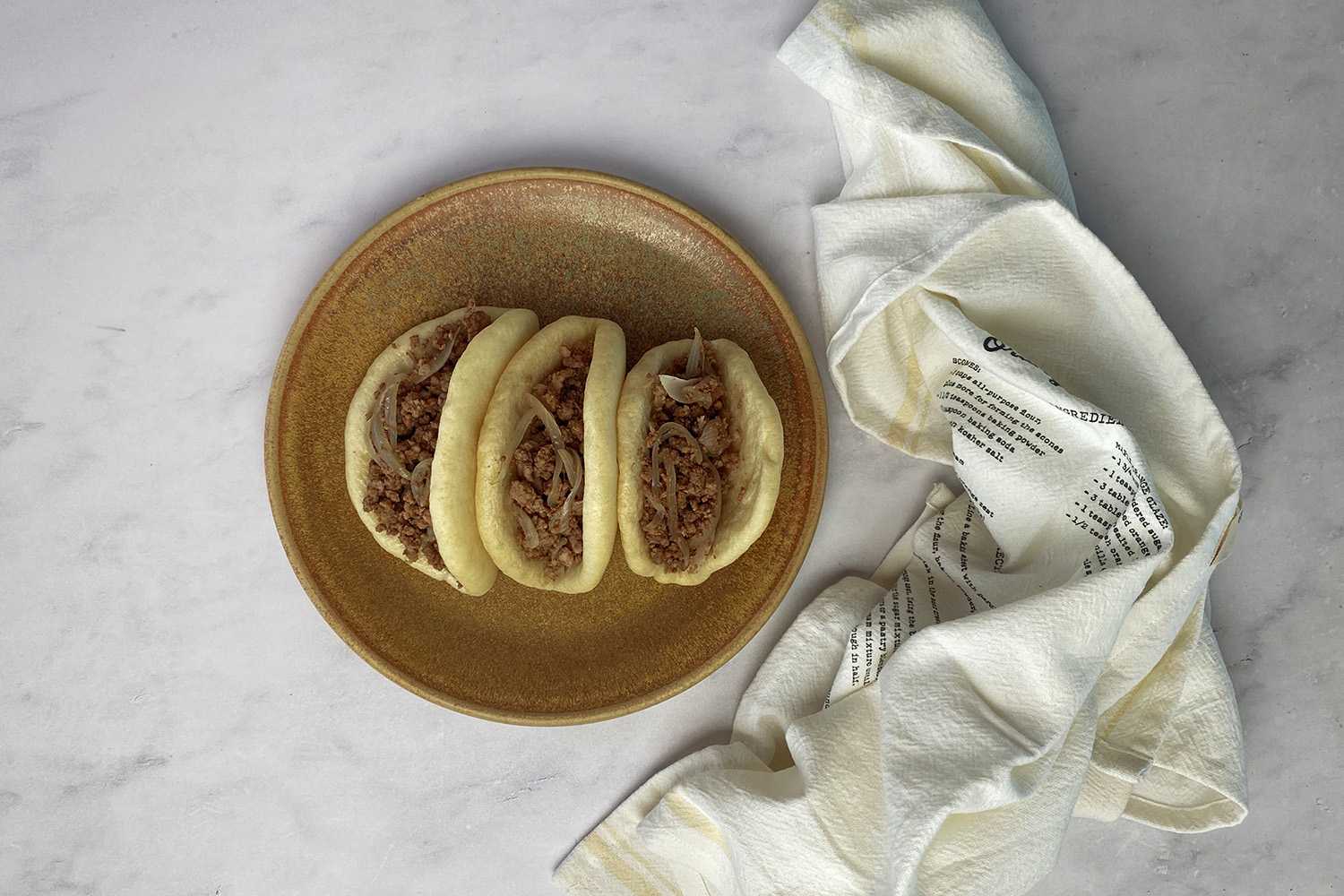
Tips
- Ensure you avoid overcrowding your steamer and allow enough room in between for each bun to rise during cooking without sticking to each other. Opt for making multiple batches instead.
- While it may be difficult, it's important to resist the urge to open the steamer's lid while it's cooking. This can cause temperature fluctuations and result in uneven cooking.
- Allow your bao buns to cool on a wire rack after steaming. This will enable them to maintain their shape.
- Have patience. It may require practice to perfect your technique when making homemade bao buns. Don't be discouraged if your first attempts aren't perfect, just try again!
What to Serve With Bao Buns
Bao buns are incredibly versatile and pair well with a wide range of accompaniments. For savory bao buns, consider serving them with a selection of protein options. Braised pork belly, crispy tofu, or grilled chicken with a drizzle of hoisin sauce, make excellent fillings.
For a complete meal, serve bao buns with a side of steamed or fried rice, a refreshing mango salad, or a spicy tofu soup. For dessert bao buns, filled with blueberry or raspberry jam topped with a dusting of powdered sugar can sweeten the experience.
Need more ideas? Check out What To Serve With Bao Buns for 15 delicious side dishes.
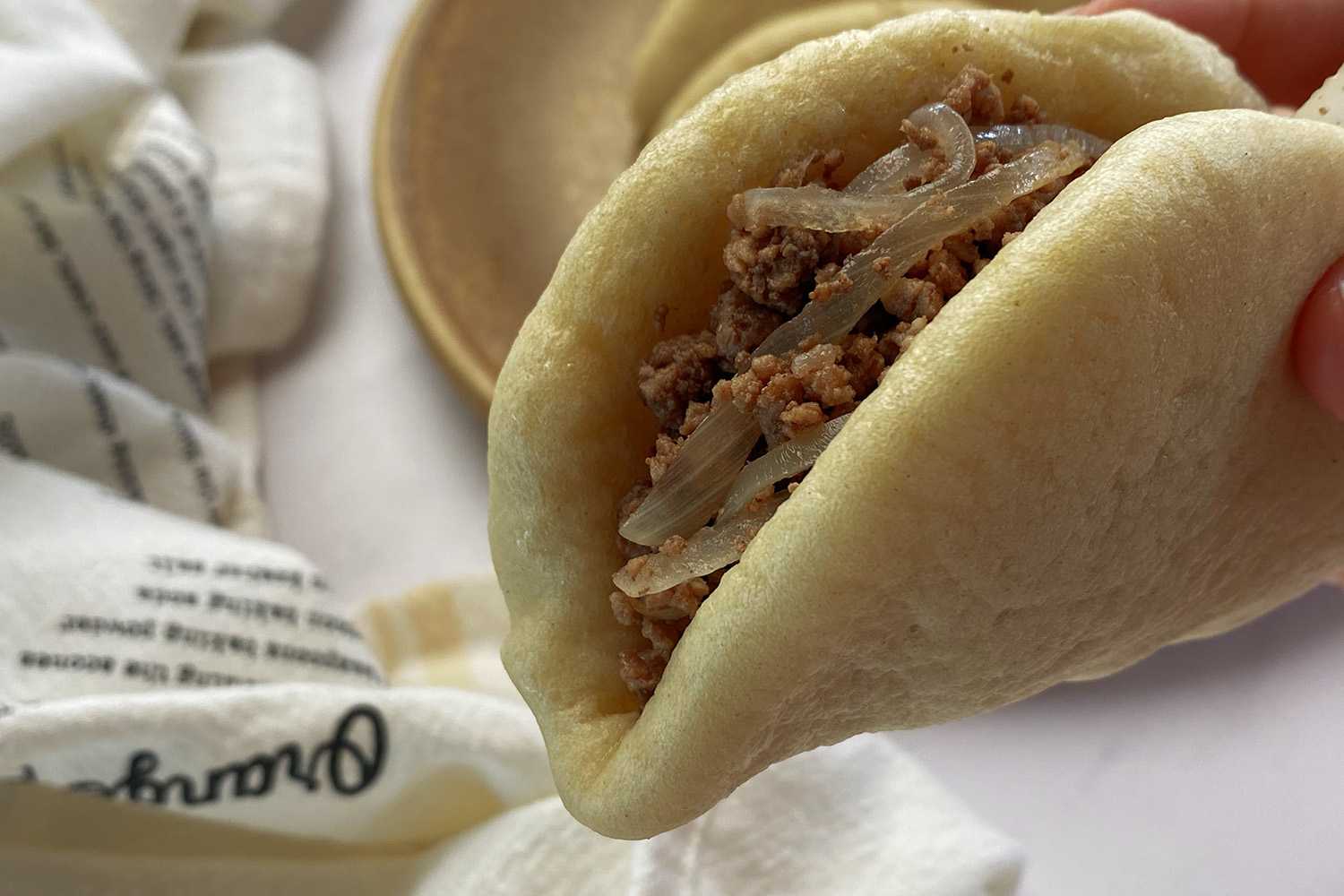
FAQs
What are bao buns?
Bao buns, also known as steamed buns, are a type of soft, fluffy, and slightly sweet bread originating from Chinese cuisine. They are typically filled with various savory or sweet fillings, making them a versatile and popular street food or dim sum item.
Can I make bao buns without a steamer?
You can create a makeshift steamer in two different ways. You can place a steamer insert or colander in a large pot with 1-2 inches of boiling water. Place your bao buns on the insert or colander, the lid goes on the pot, and 10 minutes later, you have perfectly steamed bao buns.
Additionally, if you have a wok, bring 1-2 inches of water to a simmer and place a heat-proof dish or steaming rack inside the wok, ensuring it stands above the simmering water. Add your Bao buns to the dish or rack and cover with a lid of aluminum foil to steam.
How can I store leftover bao buns, and how long do they stay fresh?
When wrapped in plastic wrap or stored in a zip-top bag, your bao buns will keep fresh in the refrigerator for 2-3 days. For longer-term storage, your bao buns will keep for up to 3 months.
Similar Recipes
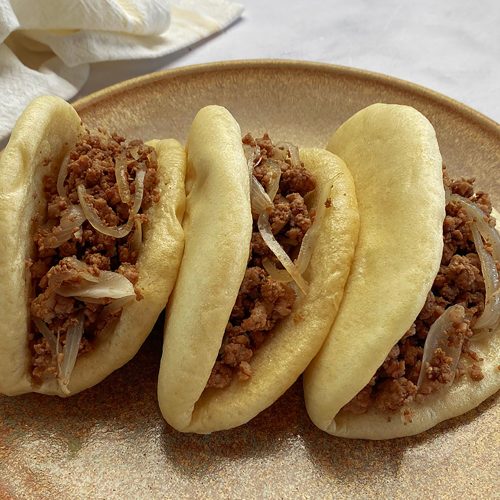
Bao Buns
Ingredients
- 1 cup warm water
- 1 teaspoon sugar
- 1 teaspoon yeast
- 2 ¼ cups unbleached wheat flour
- 1 teaspoon onion powder
- 2 tablespoons oil
Instructions
- In a bowl, combine water, sugar, and yeast. Stir to incorporate and set aside to activate.
- Once the yeast has activated, add flour and onion powder and mix until a dough forms.
- Knead the dough for 10-15 minutes until the consistency is smooth and elastic, and roll it into a ball. Cover the ball with a damp cloth for 40 minutes to allow the dough to rise.
- Once the dough has risen, cut the ball into 8 pieces, rolling each piece into a ball. Cover the dough balls with the cloth again allowing them to rise.
- Once the dough balls have risen, Use a rolling pin to roll them out into 7-9" disks.
- Place a disk on a piece of parchment paper, brush the top side with oil, gently fold it in half, then place it in the steamer. Repeat with the remaining dough.
- Steam the buns for 10 minutes.
- Build your bao bun with the fillings of your choice, serve, and enjoy!
Nutrition
Video
Notes
- Avoid overcrowding your steamer and allow enough room in between for each to rise during cooking without sticking to each other.
- Resist the temptation to open the steamer's lid while cooking. This can cause temperature fluctuations and result in uneven cooking.
- Allow bao buns to cool on a wire rack after steaming to maintain their shape.
- Have patience. Making bao buns may require practice to perfect your technique, so don't be discouraged if your first attempts aren't perfect.
